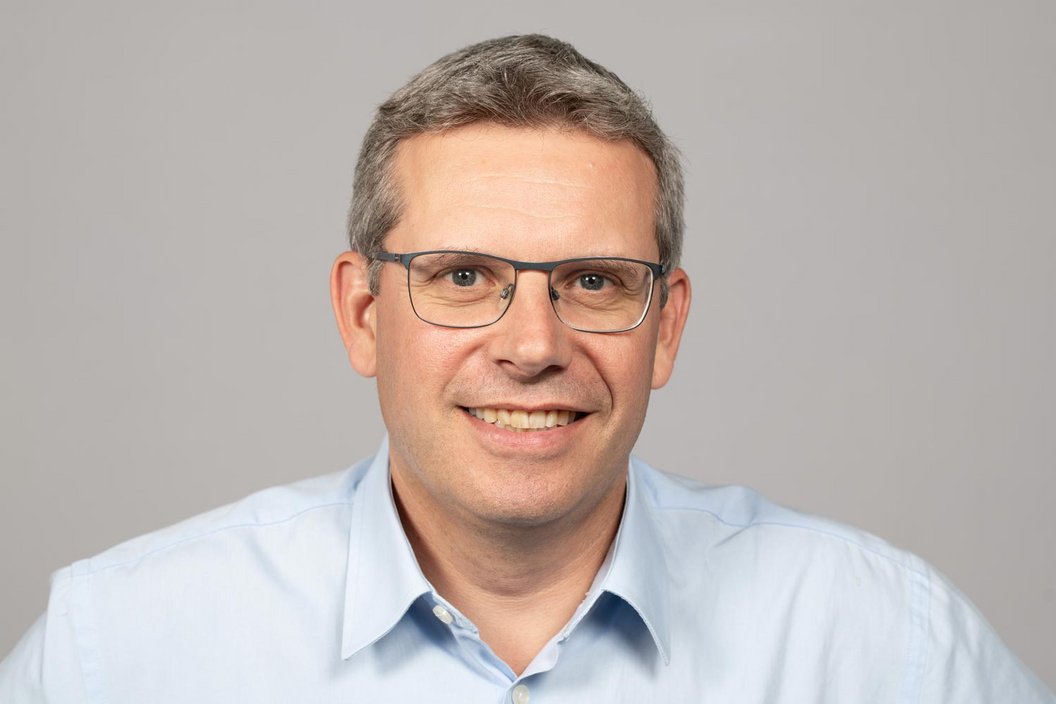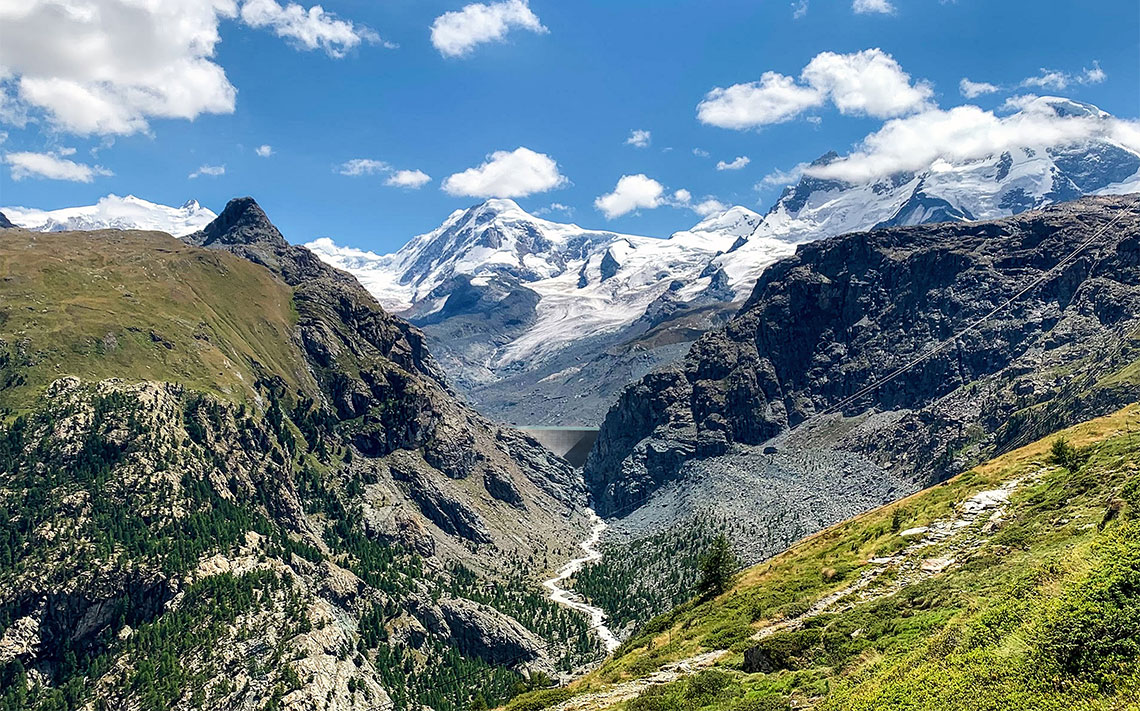In 2021, the ‘Hydropower Round Table’ brought together representatives of the Swiss federal authorities, the energy sector and environmental associations to discuss Switzerland's security of supply. The Round Table identified 16 hydropower projects expected to increase seasonal production by around 2 TWh. Recent political debate has brought the topic back into the spotlight. Both chambers of the Swiss Parliament have just held intensive debates on the controversial issue of associations’ right of appeal in the context of the ‘acceleration decree’, designed to promote hydropower expansion. Ultimately, a political compromise was reached: cantonal courts will have the final say on appeals against Round Table projects, ruling out recourse to the Federal Supreme Court, thereby speeding up procedures. We discuss with Michaël Plaschy, Head Hydro Power Switzerland, what this means for Alpiq’s projects, particularly the landmark Gornerli reservoir.
Michaël, the Swiss Parliament has just made an important ruling on accelerating Round Table project procedures. What impact will this have on Alpiq’s projects specifically?
A decision was crucial. This solution enables us to move forward within a clear political framework and address Switzerland’s urgent security of supply needs, especially in winter. This law also provides specific concessions: for example, the additional compensation measures required for the 16 Round Table projects can now be handled separately from the project approvals, avoiding delays. It also confirms that additional concessions can be negotiated with municipalities on top of existing ones, without needing to apply for a completely new concession. This possibility, which also explicitly applies to new dams, is particularly important for the Gornerli project.
Which Alpiq projects are included in the Round Table?
We are working on three: a new dam at Gornerli above Zermatt, managed by Grande Dixence SA, and the heightening of two already existing dams, Moiry and Emosson, both in Valais.
Undoubtedly the Gornerli project is the most important …
Absolutely! Gornerli constitutes new infrastructure and is part of the Grande Dixence network. It will serve as a true seasonal energy source. Alone, it will contribute up to one-third of the 2 TWh expected from all Round Table projects, making it the most important energy supply project in the country.
What is the main benefit of this project?
Today, Switzerland exports surplus production in summer, but must import energy in winter to secure its supply. The goal is to reduce these seasonal imports by producing more domestically. This objective, formalised by the Round Table, is exactly the purpose of Gornerli. By storing water during spring and the summer snowmelt, the new dam enables energy production months later when demand is highest. Its integration into the Grande Dixence network, covering around 100 kilometres, also gives it great flexibility.
Today, dams are commonly described as multifunctional. Does this also apply to Gornerli?
Of course. While dams are primarily associated with energy production, their role in protection and water management is becoming increasingly important – especially in the context of climate change. In addition to strengthening energy production in winter, Gornerli will significantly enhance flood protection – not only for Zermatt, but for the entire Matter Valley. An additional buffer is even planned to retain floodwaters from the Gornera catchment area, even when the reservoir is full. In addition, rising temperatures are expected to cause more frequent droughts in mountain regions. The new lake will therefore safeguard drinking water supplies and serve agriculture, industry and tourism throughout the valley.
Where does the project stand today?
The geological and structural analyses are complete. Specialists in glaciology, hydrology and natural hazards are conducting detailed studies to obtain a full picture of the site. The logistics concept is also being developed. We are preparing the building permit application and the environmental impact assessment, which we aim to submit in the first half of 2026. At the same time, we are in discussions with stakeholders – the canton, municipalities, environmental NGOs and mountain communities – to find a solution for environmental offsets. We have also begun talks with the concession municipalities about residual values linked to the return of concessions in 2044 and the associated amendment. The new dam is expected to be commissioned in the first half of the 2030s.

In our view, Zermatt, Valais and Switzerland as a whole stand to benefit greatly from Gornerli.
The project has also faced criticism, for example from mountain guides in Zermatt. How is Alpiq addressing this?
We fully acknowledge that Gornerli is a challenging project. It must undergo a rigorous approval process before it can be implemented under federal supervision. At the same time, its construction will impact the valley and the landscape. We therefore take the views of mountain guides, landscape conservationists and environmental organisations very seriously. We are seeking dialogue with them to find solutions and build acceptance. However, as with other large infrastructure projects, the fundamental question arises: how should the common good be weighed against individual interests? In our view, Zermatt, Valais and Switzerland as a whole stand to benefit greatly from Gornerli.
And what about the other two dam heightening projects?
At Moiry, the technical and static analyses are complete. Raising the dam between 8 and 10 metres could increase production by around 50 GWh, and this can be achieved within the current concession. At Emosson, the situation is more complex. As the dam straddles the French-Swiss border, licensing is handled nationally rather than at a municipal or cantonal level, requiring bilateral discussions. Any elevation must be agreed on both sides. Technical analyses are ongoing, but the project could deliver an additional 116 GWh in winter, with half earmarked for Switzerland. Both projects could make an additional contribution to security of supply within a construction period of around three to four years from the date of receipt of the building permit.
